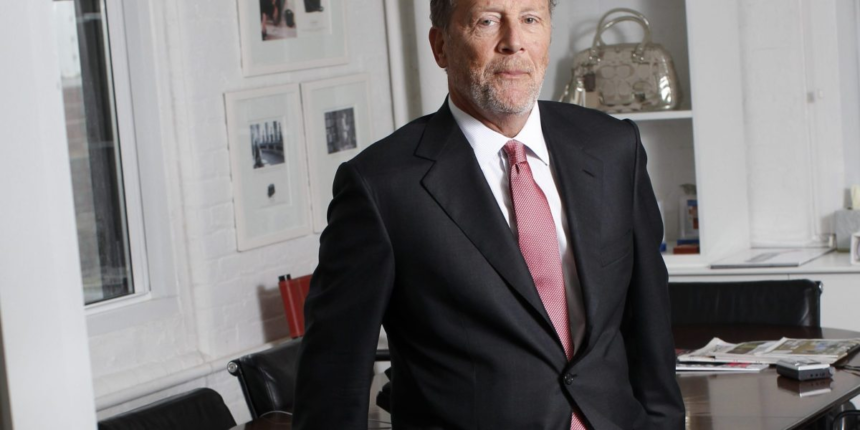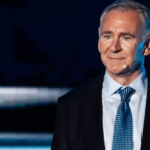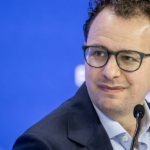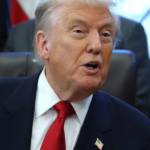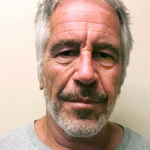Frankfort spent nearly the entirety of his career at Coach, serving as CEO for 29 years out of his 46-year run at the aspirational brand. During those decades he perfected his hiring strategy, and with the best team beside him, scaled the business from reeling in just $6 million in annual revenue to a multibillion-dollar empire. And he’s bringing that playbook to his current role as chief executive of investment firm Benvolio Group, which works with consumer brands like Veronica Beard, Body Armor, and Bogg Bagg.
If a job candidate hopes to become one of Frankfort’s direct reports, they must go through a thorough and carefully structured process. From start to finish, Frankfort personally meets with each applicant, beginning with an initial interview focused on their background and work experience. The seasoned CEO asks questions ranging from where they grew up to what accomplishments make them most proud. After about 15 to 20 minutes, he transitions into the next stage of the interview.
The next stage of Frankfort’s interview process is a bit unorthodox—he instructs job candidates to name a current or recent boss, and rate their emotional intelligence (EQ) on a scale of 1 to 10. He said most would give their managers a 7, 8 or 9, and if they gave a lower number, he’d inquire more. Then, applicants are asked what their bosses would say are their strengths and growth opportunities.
“Many people don’t have the language or the inclination to describe themselves in full dimension, so this angle would help you express yourself more precisely,” the ex-Coach CEO continued. “It would also force a level of honesty, especially if you knew that your boss was a reference I might talk with.”
The third part of the interview stage is a white paper self-assessment covering more than 80 unique skills. They’re capabilities, Frankfort said, he’s amassed over his lengthy career, including the ability to judge people, courage, curiosity, financial acumen, investigative skills, sense of style, street smarts, integrity, and self-motivation. Prospective talent will give themselves a ranking from 1 to 10 for each ability, and once the sheet is filled out, the executive will start by asking about the strengths that have come out in conversation.
“Individually and collectively, your rankings would offer insight, telling me where to lean in for more information and clarity,” Frankfort explained. “I was looking for clusters of similarly rated competencies—for outliers that might suggest a concern, and for dichotomies that reveal where I needed to probe to get to a deeper truth.”
If a job candidate rated themselves low on one skill, Frankfort would enquire how that capability can be improved in the job or offset by other staff. But overall, he said he was looking for red flags—any “deal breakers” and “caution areas” that signal they’re not the right fit for the role. The CEO admitted he’s still partial to candidates who are particularly charismatic and confident, but this detailed strategy helps counter his personal bias. The three-step interview process is also an opportunity for Frankfort to assess a potential hire’s self-awareness and growth potential.
“My immersive interviewing framework routineized my natural curiosity about people and helped me avoid the trap of making assumptions about skills and overlooking major weaknesses,” he said.
The Hogan Personality Test is a suite of workplace-focused assessments used to predict job fit, leadership potential, and business risks under stress. It typically includes three core measures: the Hogan Personality Inventory (HPI) for the “bright side” of everyday behavior, the Hogan Development Survey (HDS) for “dark side” derailers that can arise under pressure, and the Motives, Values, Preferences Inventory (MVPI) for core drivers and cultural fit.


